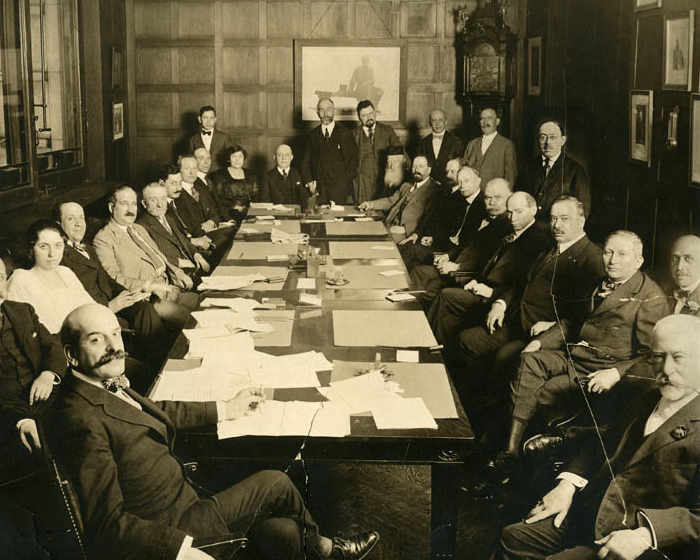To stay ahead, you need to think ahead
This is long, so feel free to skip it.

Today’s story begins with another story, from another time and place:
Impossible is a word that you never quite get accustomed to, although it does get less surprising. I heard it repeatedly at Toyota, as did everyone. It rang through the halls of Toyota when in 1987 the chief engineer for the secret project that would become the first Lexus, Ichiro Suzuki, issued the challenge of producing a luxury performance sedan that would beat the best luxury sedans—BMW 735i and Mercedes 420SEL—accross the board in comfort, styling, performance, handling, cabin noise, aerodynamics, weight, and fuel efficiency. His goals included a top speed of 155 miles per hour (735i and 420SEL topped out at under 140), 22.5 miles per gallon (735i and 420SEL got less than 20), a cabin noise level of 58 decibels at 60 mph (735i and 420SEL were over 60), and an aerodynamic drag of 0.29 or less (735i and 420SEL were over 0.32), all in a vehicle weighing 80 pounds less than the 3,880-pound 735i.
The reaction from the 1,400 engineers involved was unanimous: impossible. Legend has it that te product engineering chief, Akira Takahashi, told Suziki to his face that he was out of his mind, refusing to go along with the plan. The goals were too high individually, but together? Impossible. Takahashi’s argument made sense: no Toyota car could go faster than 110 mph except the Supra, which at its top end of 130 nearly became airborne. Suzuki planted himself in Takahashi’s office, refusing to leave until Takahashi agreed to try. To this day, Suzuki, now retired, will smile and repeat: impossible …
… When the Lexus LS400 made its debut on September 1, 1989, it stunned the automotive world and set new luxury standard. It was by all objective measures the best car the world has ever seen. The facts made history: in every category rated by Car and Driver, the LS400 trumped the BMW 735i and Mercedes 420SEL. The Lexus LS400 was five decibels quieter, 120 pounds lighter, and 17 miles per hour faster; got more than four miles to the gallon; and retailed for $30,00 less than the BMW 735i. It then took just two years for Lexus to displace Mercedes-Benz and BMW, which had been entrenched for generations, as the top-selling luxury import nameplate in America. Upon tearing down two LS400s given to General Motors headquarters by a southern California auto dealer, Cadillac engineers in Detroit concluded that the Lexus car could not possibly be built. Mission: Accomplished.
The above is just one out of many interesting stories in Matthew May’s new book the Laws of Subtraction.
Put it on your reading list. Now. Since the above was a long intro, please, take a quick time out right now…
You back? OK. Here’s why I decided to share the above story with you: Because it illustrates that the thinking of leaders in an organization ultimately determines how well the organization competes. How priorities get set. What gets funded. What gets done. It’s easy to forget that.
Toyota Motor Co. is today one of the world’s most admired companies because its leaders, people such as Ichiro Suzuki, didn’t let their past dictate what they did in the present. They didn’t confuse habit with progress. How about you—do you confuse habit with progress?
Ironically, often the first step to creating genuine value starts with stopping. As Matthew eloquently notes in the Laws of Subtraction, break is the important part of breakthrough. Here’s Matthew: “Breakthrough often demands that one simply make a conscious break from existing routines and patterns and stick with it.”
My 2¢:
To stay ahead, you need to think ahead. It’s the only way to compete.
Many businesses are far too constrained by “rules” that are dated and/or dubious (if not 100% imaginary).
It’s easy to forget that.
Jan 8, 2013
P.S. Go. Now. As the Chinese proverb so eloquently states, “Talk doesn’t cook rice.”
